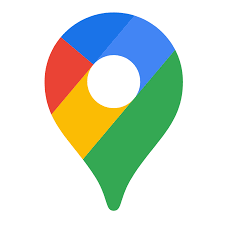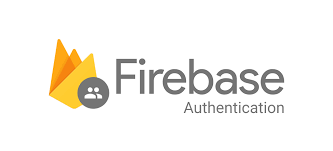API's & Framework's
Our Application uses various different frameworks and API's including:

Google Maps API
We use the Google Maps API for displaying a Map object on one of our fragments. Here on this map we display markers of all the listings in our firestore, where users can click on these markers to bring them to the information page about said listing.

Firebase Real TIme Database
We use Firebase Real Time Database for the purpose of messaging within our application. We store our messages and related information such as who the messages are betweeen here, The benefits to using Firebase Real Time Database is of course speed.



